Launched in October 2018, the Mate 20 Pro is a flagship smartphone from Chinese manufacturer Huawei that boasts impressive specifications housed in a premium design. The screen is a large 6.39-inch high-resolution AMOLED display, the Android OS is powered by a Hi Silicon Kirin 980 chipset, and the triple main camera comes with super-wide-angle and telephoto options.
For selfie enthusiasts, the front camera offers a 24Mp-resolution sensor coupled with a wide-angle 26mm (equivalent) f/2 aperture, fixed-focus lens. Other features include HDR processing on stills, 3D depth sensing for bokeh shots, and video captured at 1080p/30fps.
Read our comprehensive review to find out how the Huawei Mate 20 Pro front camera performed in our DxOMark Selfie tests.
Key front camera specifications:
- 24Mp sensor
- 26mm (equivalent), f/2-aperture, fixed-focus lens
- HDR (stills)
- 3D depth sensing
- 1080p/30fps video
About DxOMark Selfie tests: For scoring and analysis in our smartphone front camera reviews, DxOMark engineers capture and evaluate over 1500 test images and more than 2 hours of video both in controlled lab environments and in natural indoor and outdoor scenes, using the camera’s default settings. This article is designed to highlight the most important results of our testing. For more information about the DxOMark Selfie test protocol, click here.
Test summary


Achieving a DxOMark Selfie score of 75, the Huawei Mate 20 Pro front camera shows nice improvement in selfie image quality over the P20 Pro for still photos, with comparable results for video. Ranked around the middle of our database for front camera image quality, results are roughly on par with devices such as the Google Pixel 2 and the Samsung Galaxy S8.
Target exposure on faces is generally accurate in all lighting conditions. The inclusion of HDR processing, which was absent from the P20 Pro, has improved exposure in high-contrast outdoor scenes; so unlike the P20 Pro, the Mate 20 Pro is capable of preserving detail in the brightest highlights, as well as facilitating good recovery of the shadow regions. HDR results can continue to improve, however, as there are lots of artifacts, such as tone compression, strong face rendering, and color quantization evident in our natural test scene images.
Color rendering is also improved over the P20 Pro, especially in indoor and low-light images, with better color saturation and more accurate white balance ensuring nicer skin tones. Color rendering outdoors can be vivid and pleasant, too, but white balance irregularities continue to persist when shooting outdoors with the Mate 20 Pro, with blue or magenta casts often on display.
The main areas of development center around the Mate 20 Pro’s focus, detail, and noise. The fixed-focus lens ensures the best sharpness on selfies shot at close range, with the subject between 30-55cm from the camera. Even in these examples, however, texture remains relatively low, with a noticeable loss of fine detail in facial features such as eyelashes. The Mate 20 Pro’s range of focus is relatively limited, too, so detail on faces further back than the optimal 30-55cm distance, as well as on backgrounds generally, is noticeably lower. Noise can be improved, too, as luminance noise is visible in all lighting conditions and especially on faces and shadows in HDR scenes.
Capturing moving images, the Mate 20 Pro offers good exposure under indoor lighting, and although target exposures can be a little high in outdoor videos, with some slight clipping on faces evident, exposure adaptation is smooth. Video stabilization is effective and levels of detail are relatively high when shooting at close range (30cm) in all lighting conditions, as well as at medium range (55cm) outdoors, but expect less definition on faces shot indoors at these distances. Noise remains fairly high in all lighting conditions, however, and artifacts are often visible in Mate 20 Pro videos.
Photo scores explained
The Huawei Mate 20 Pro front camera achieves an overall DxOMark Photo score of 73, which is calculated from its scores in tests that examine different aspects of its performance under different lighting conditions. In this section we’ll take a closer look at these image quality sub-scores, analyzing some aspects of the Huawei Mate 20 Pro performance versus the key competition.

Exposure and Contrast
Huawei Mate 20 Pro
82
91
A good score for exposure, thanks to mostly accurate target exposures under all lighting conditions in the lab analysis, nice brightness on faces in the perceptual analysis of natural scenes, and improved HDR capabilities compared to the P20 Pro. Although target exposures in the lab analysis were for the most part accurate, with measurements recorded within the acceptable 45 to 60 L* (Lightness) range, we observed slightly high target exposures of the Gretag ColorChecker chart’s 18% grey patch.
Occasionally, face exposure is a little too bright in some natural scenes. As you can see in the examples below, faces are slightly overexposed on the Mate 20 Pro, with more highlight clipping compared to the equivalent P20 Pro example, resulting in a small loss of points for exposure.
In the main, however, target and face exposures were accurate and pleasant in our natural test scene evaluation. In very low light, images are also usable down to 5 lux, with exposures in the near-dark conditions of just 1 lux a little too dark to be exploitable.
HDR shots are more effective on the Mate 20 Pro compared to the P20 Pro, preserving more highlight detail when capturing high-contrast scenes. In our challenging under-the-bridge HDR scene, the Mate 20 Pro recorded detail in both the sky and under the bridge, while providing an accurate face exposure for an acceptable final result. The HDR rendering isn’t perfect, though, with noisy edges and artifacts that make the face look unnatural—although we classify this as an artifact which feeds into the Artifacts score instead of affecting the Exposure score too much.

Color
Huawei Mate 20 Pro
71
105
Color is a big area of improvement for the Mate 20 Pro over its predecessor, with nicer color rendering in both indoor and low-light images. Saturation is better and skin tones are more pleasing in these conditions.
Color in outdoor shots could be improved, however, particularly the white balance, which suffers from repeatability issues with either cold or magenta casts that can affect the appearance of skin tones. Here, both the P20 Pro and Note 9 render skin tones better because of more accurate white balance.

Focus
Huawei Mate 20 Pro
42
97
Focus remains a significant weakness for Huawei front cameras, and the Mate 20 Pro achieves the same low score for focus as the P20 Pro. The fixed-focus optic provides the best sharpness at close range between 30-55cm in bright light, but acutance isn’t particularly impressive—below 60%. The combination of the wide-aperture f/2 lens and the small pixel pitch on the high-resolution 24Mp sensor also means depth of field is very shallow, so sharpness drops off quickly at longer distances, down to around 30% acutance at 120cm.
The fixed-focus lens does avoid any of the focusing irregularities that can occur with autofocus devices, so you can be assured of consistent results regardless of the lighting conditions. For long-range shots that include multiple people or more of the background when using a selfie stick, however, devices with autofocus such as the Note 9 can achieve better sharpness both on the subjects’ faces and in the background.
The Mate 20 Pro’s relatively shallow depth of field and range of focus also means faces farther back in group portraits can be quite blurry.
Texture (53) and Noise (48)
The Mate 20 Pro achieves a relatively low score for both texture and noise, with a loss of fine detail at all subject distances and visible noise in many images. Detail is best in static scenes in bright light, with the camera maintaining similar levels of acutance (around 60%) under indoor lighting conditions (100 lux). Texture preservation drops off quickly after that, however, with a significant loss of detail evident in low light; moreover, it’s challenging to capture high levels of detail in scenes containing subject motion in all but the brightest lighting conditions.
Mate 20 Pro test images in the lab at the optimal 55cm focus distance and under bright 1000 lux lighting show a noticeable loss of fine detail on facial features compared to images from the Pixel 2 and the Note 9.
Noise is also visible in all lighting conditions, so expect to see luminance noise on faces in outdoor images, as well as chromatic noise in the shadow regions of HDR images. Levels of visual noise remain fairly constant as light levels drop, however, and although it spikes in extreme low light, between indoor (100 lux) to low light (5 lux) conditions, it’s essentially the same.
Tested in the lab under indoor (100 lux) lighting conditions, the level of noise on our life-like mannequin’s skin is broadly the same as in bright-light (1000 lux) shots. Detail is very low compared to the Note 9, however, which displays good noise behavior that produces very smooth results. All told, however, the Pixel 3 is the best camera in this comparison, achieving exceptional results for detail.

Flash
Huawei Mate 20 Pro
77
93
A good score for flash, which shows a nice improvement over the P20 Pro. Using flash as the only light source (0 lux), exposure on faces towards the center of the frame is good, artifacts are well-controlled, and color rendering is pleasant, with accurate white balance ensuring nice skin tones. But flash fall-off or vignetting is heavy, resulting in more noise evident in the corners—but the Mate 20 Pro is no worse than many devices, and detail and noise are generally acceptable in the center of the frame.
Things have really improved when using the flash with additional lighting, however, with the Mate 20 Pro avoiding the significant white balance errors and color casts we saw on the P20 Pro. So when shooting flash under 5 lux tungsten lighting, exposure is again good in the center, with noticeably less light fall-off, thus extending fairly consistent brightness into the corners. Detail and noise are again very acceptable, with good white balance ensuring that the color rendering of skin tones remains accurate.

Artifacts
Huawei Mate 20 Pro
67
92
The Mate 20 Pro lost points for obvious defects in images, with the main penalties applied because of strong face rendering and color quantization artifacts, which can be quite obvious on faces in HDR images.
Some anamorphosis that causes distortion of faces towards the edges of the frame, as well as flare in backlit scenes, are also evident in certain images.

Bokeh
Huawei Mate 20 Pro
50
75
Portrait mode shots display a strong blur effect in the background, which is quite striking, together with a nice circular shape to the bokeh. Depth estimation still isn’t perfect, with edges of the subject often blurred, and the spotlight effect is applied a bit too readily, with circles appearing all over the background, which looks a little odd. Noise uniformity is an improvement over the P20 Pro, though, with consistent levels of noise across smooth and sharp areas, and the Mate 20 Pro is now able to blur foreground elements, too, for a more realistic effect.
Video scores explained
The Huawei Mate 20 Pro front camera achieves a DxOMark video score of 79 points, making it a consistent performer for shooting movies as well as stills. We calculate the overall video score using the following video sub-scores: Exposure (64), Color (76), Focus (62), Texture (58), Noise (70), Artifacts (82), and Stabilization (73) to provide insight into the device’s strengths and weaknesses when capturing moving images.
The Huawei Mate 20 Pro’s key video strengths are high levels of detail at close range, effective stabilization on indoor and outdoor videos, and pretty good color rendering in all conditions. Detail is good on subjects at close range (30cm) in all lighting conditions, as well as at 55cm under outdoor and indoor lighting, although texture preservation decreases significantly in low light. Noise is reasonably well-controlled in outdoor and indoor videos, too, but with strong noise visible in low light, it’s wise to seek out better lighting for cleaner and more detailed videos.
Target exposures on the Mate Pro 20 can be a little high in outdoor lighting, with limited dynamic range, so faces can be slightly bright, with some highlight clipping and desaturated color; but overall, exposure and color remain acceptable in these conditions. Exposure is often slightly improved in indoor videos, however, with less highlight clipping and more saturated color rendering nicer skin tones.
As you can see from the lab analysis, video target exposures on the Mate 20 Pro are slightly lower than the P20 Pro’s, but brighter than the Note 9’s in almost all lighting conditions.
Like the P20 Pro, the Mate 20 Pro continues to do a good job with stabilization, effectively reducing unwanted wobbles in both static and videos with walking and panning movements in all lighting conditions. You can see in the examples below that the outdoor video is a good example of effective stabilization; and although dynamic range is a little limited, it’s comparable to much of the front camera competition, and offers smooth (albeit slightly slow) exposure adaptation and only slight white balance instabilities. The static indoor video also illustrates relatively good stabilization, doing an acceptable job of keeping the background stable as the face moves, and exposure and color are good, considering the bright lateral lighting.
Conclusion
The Mate 20 Pro shows a nice improvement over the front-camera results of its predecessor, the P20 Pro, with better results in a couple of key areas: dynamic range in high-contrast scenes, color saturation in lower light, and white balance using flash with additional lighting have all noticeably improved. Opportunities for improvement remain, particularly extending the range of focus for better detail in long-range shots; addressing the strong artifacts on faces; and reducing the white balance irregularities that persist outdoors. Huawei’s latest device is a fairly solid performer for front-camera video, too, with effective stabilization, good detail at close range with relatively well-controlled noise, and acceptable color in most conditions. As it ranks near the center of our database, better results are possible, but the Huawei Mate 20 Pro offers acceptable front-camera results to go with the very impressive results of its rear camera.
Photo Pros
- Improved dynamic range
- Better color saturation indoors and in low light
- Acceptable detail at close range
- Nice results using flash with additional light
Video Pros
- Good detail at close range
- Effective stabilization
- Pleasant color
- Accurate exposure indoors
Photo Cons
- Strong face rendering artifacts
- Limited range of focus
Video Cons
- Loss of detail in low light
- Strong noise in low light


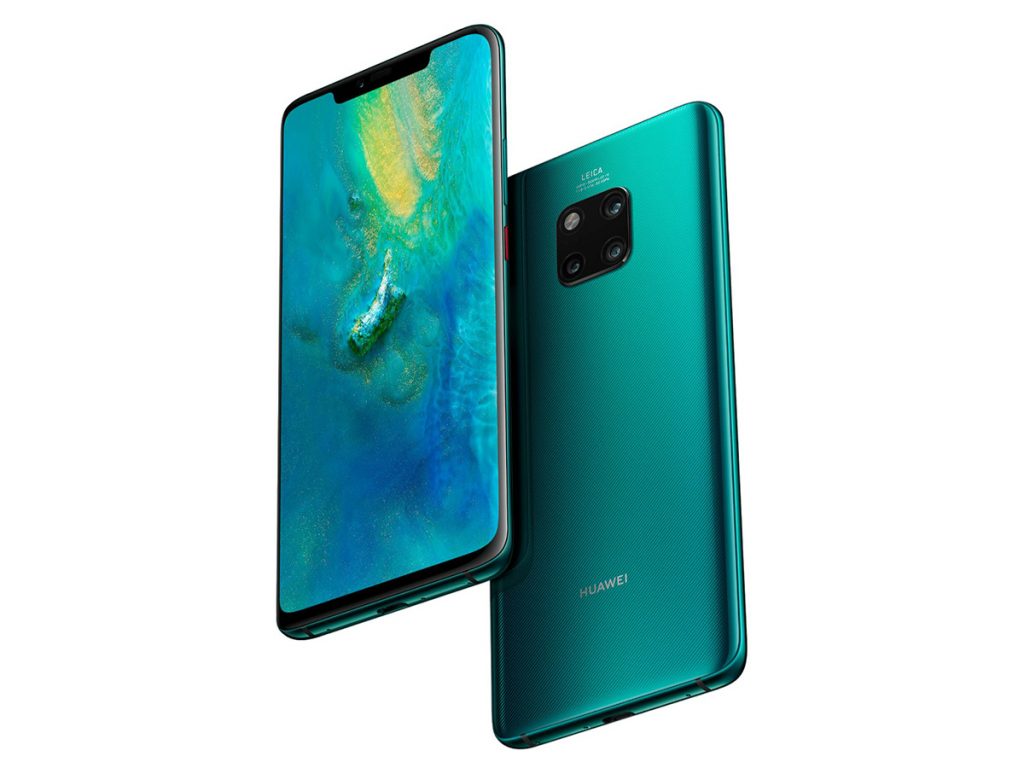


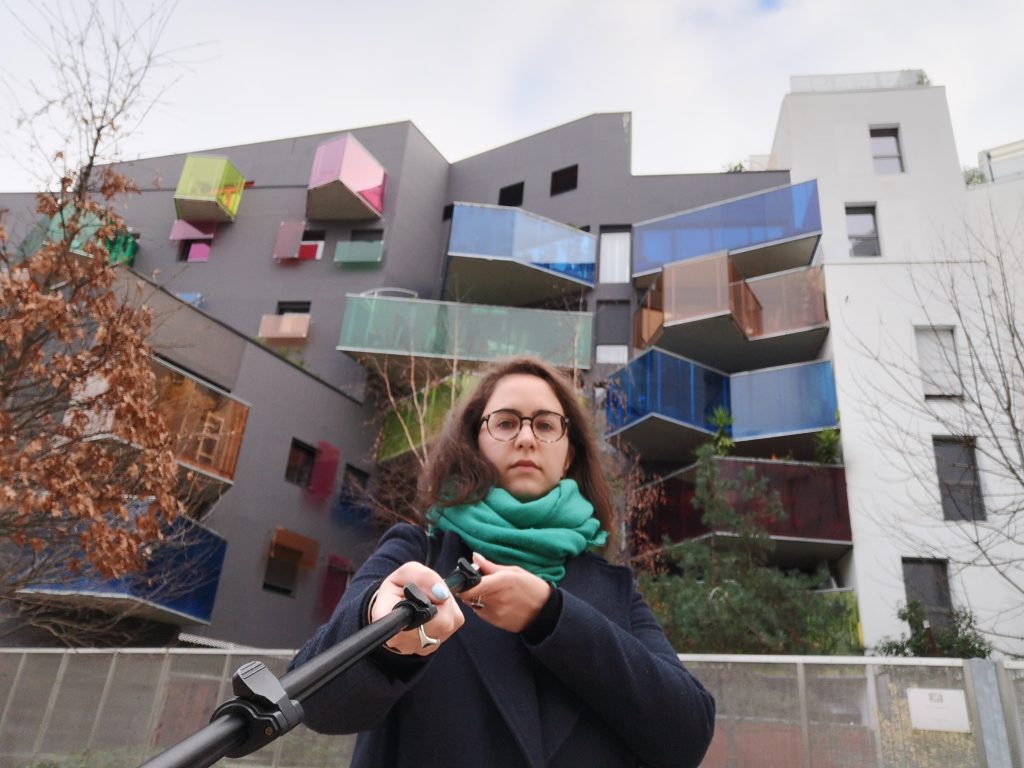

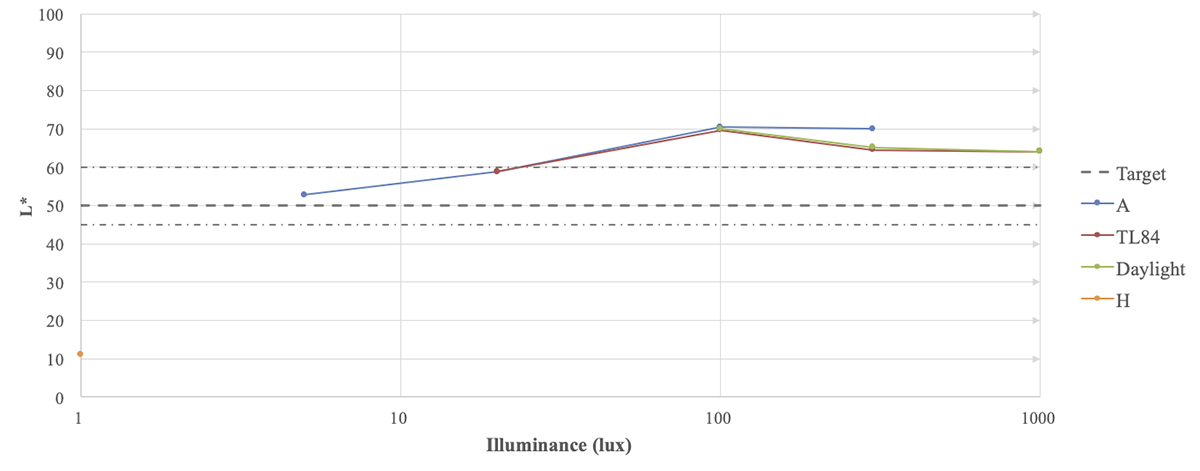
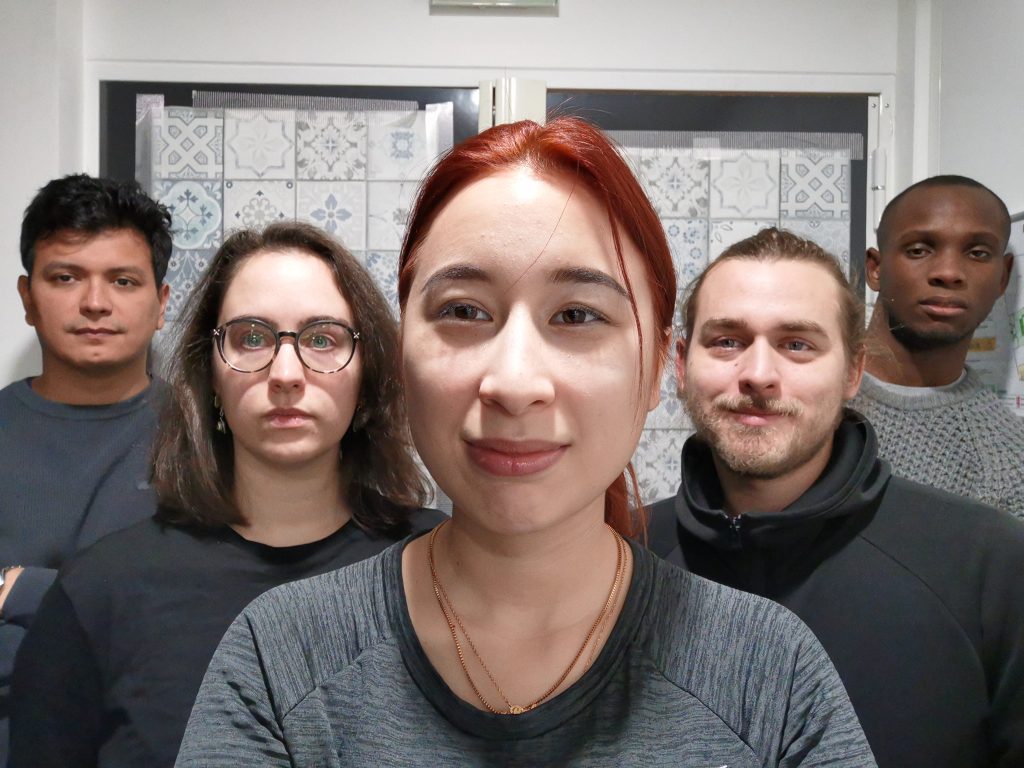
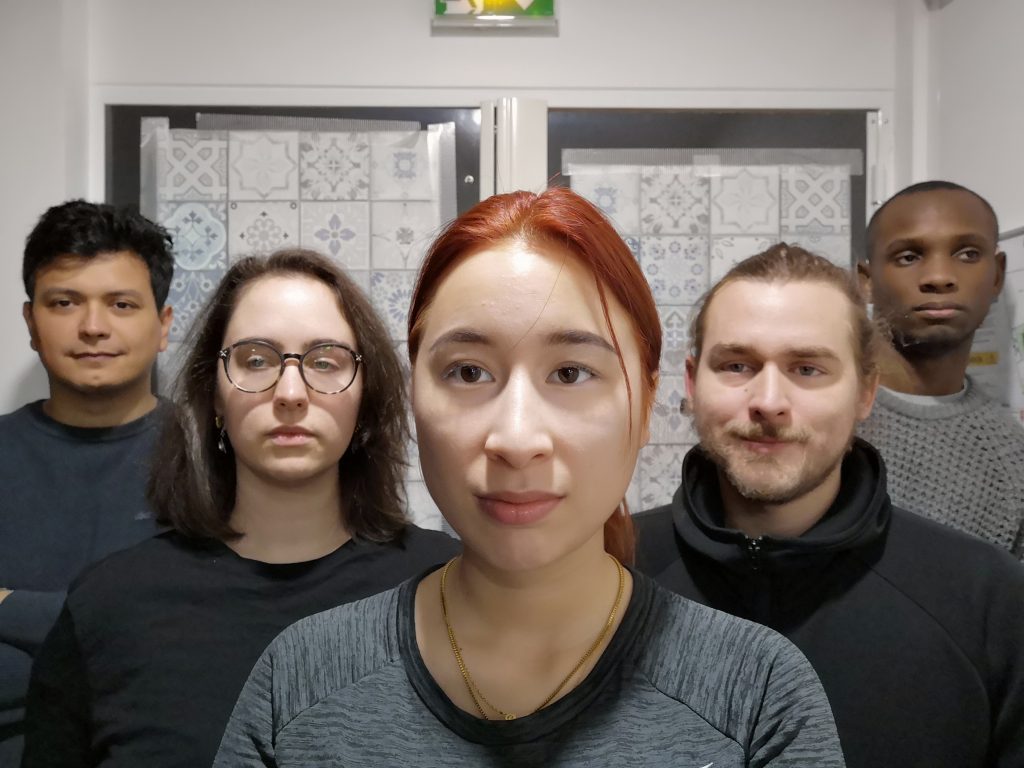






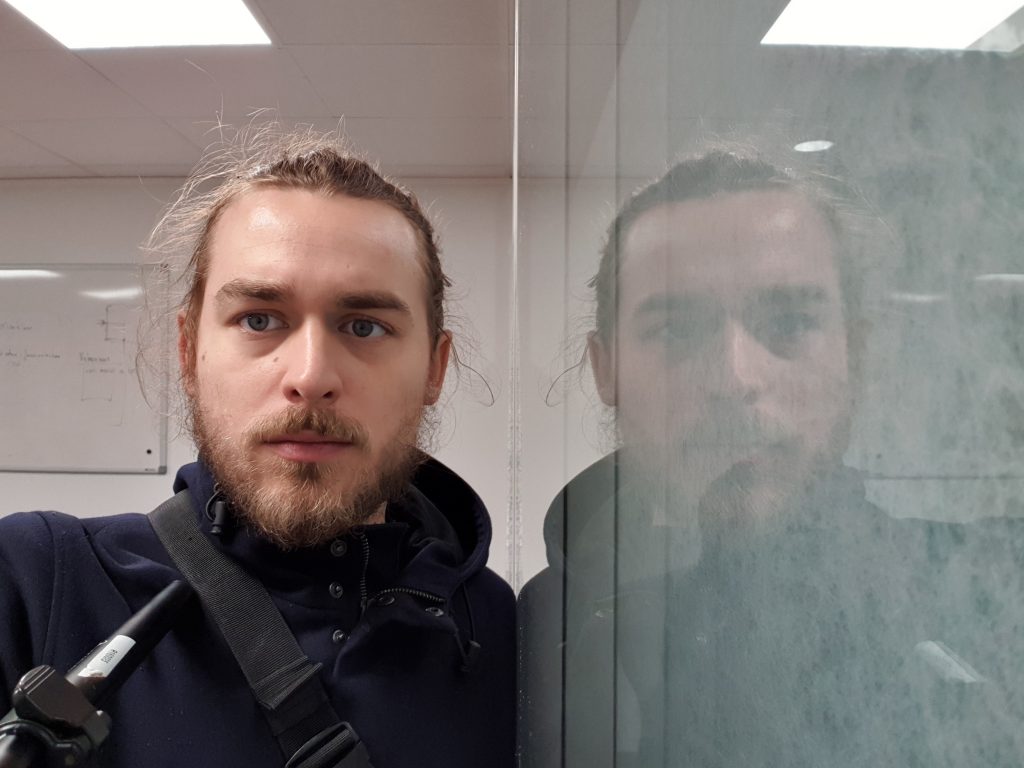



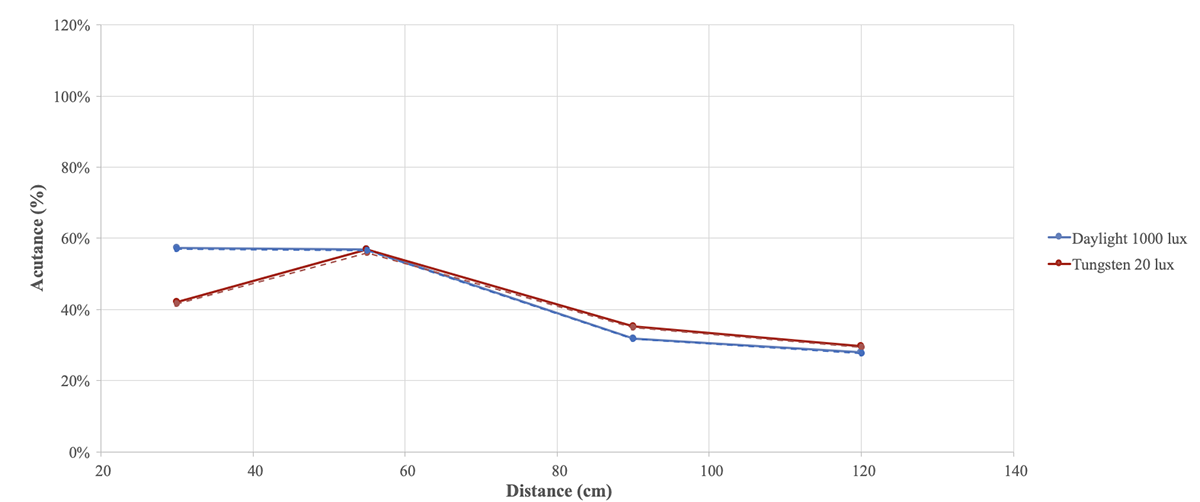





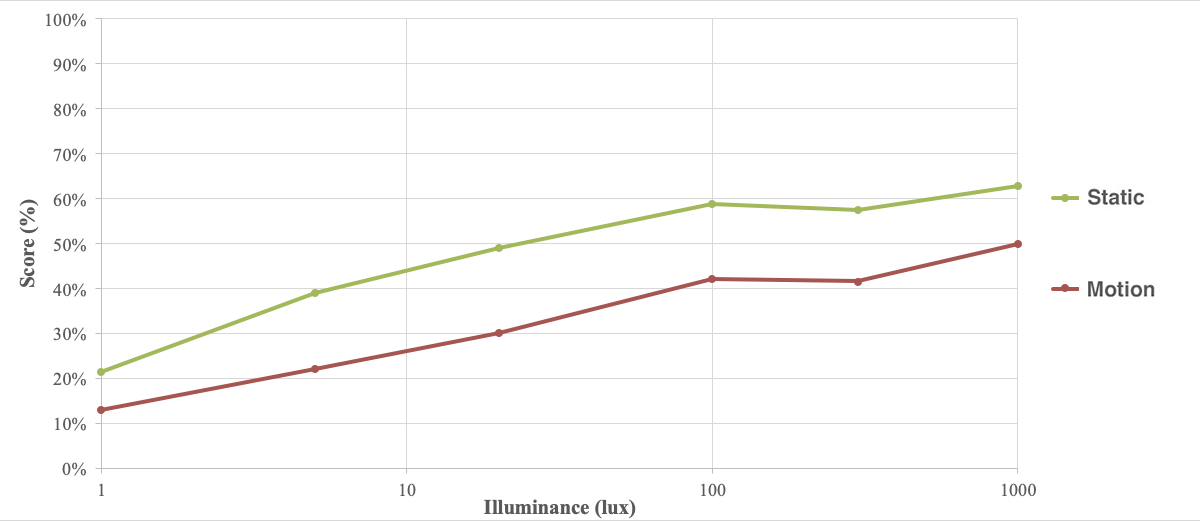
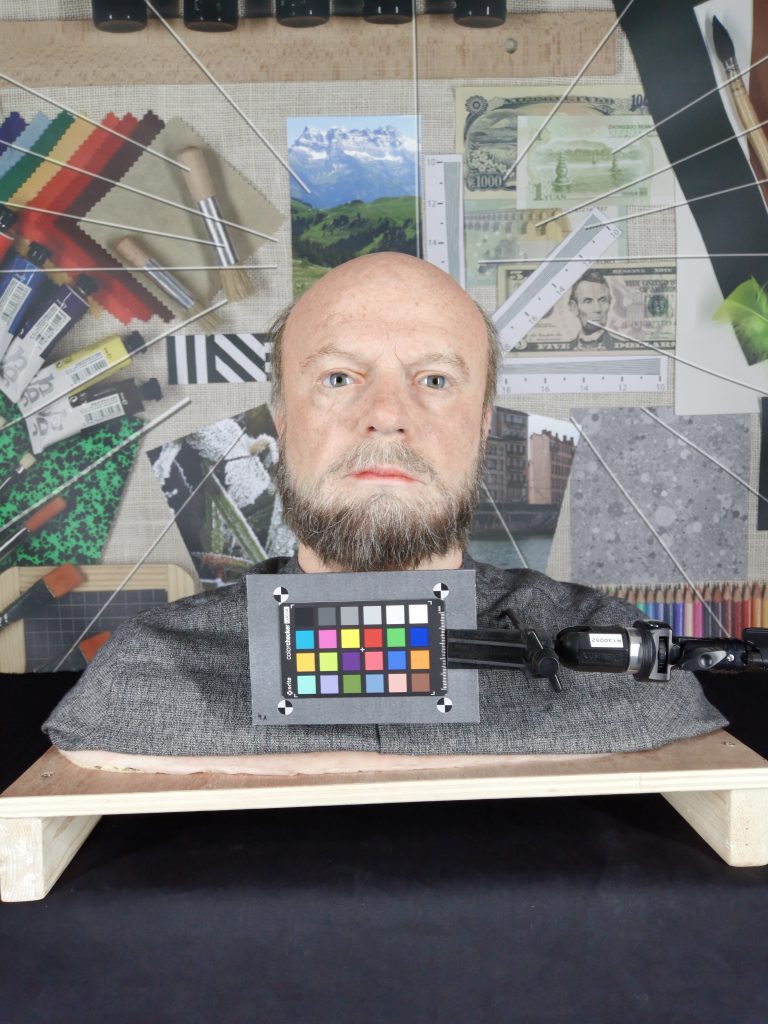

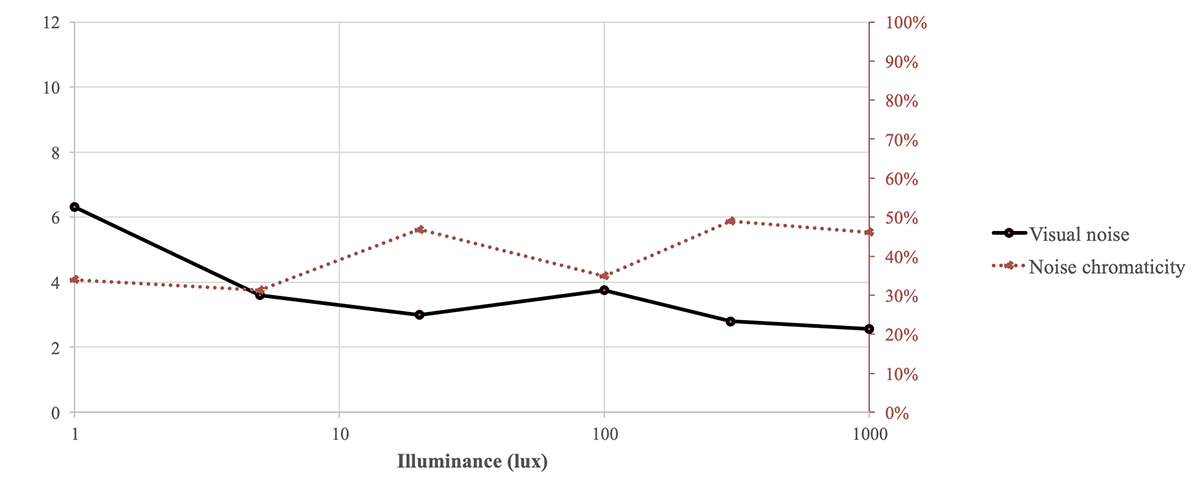
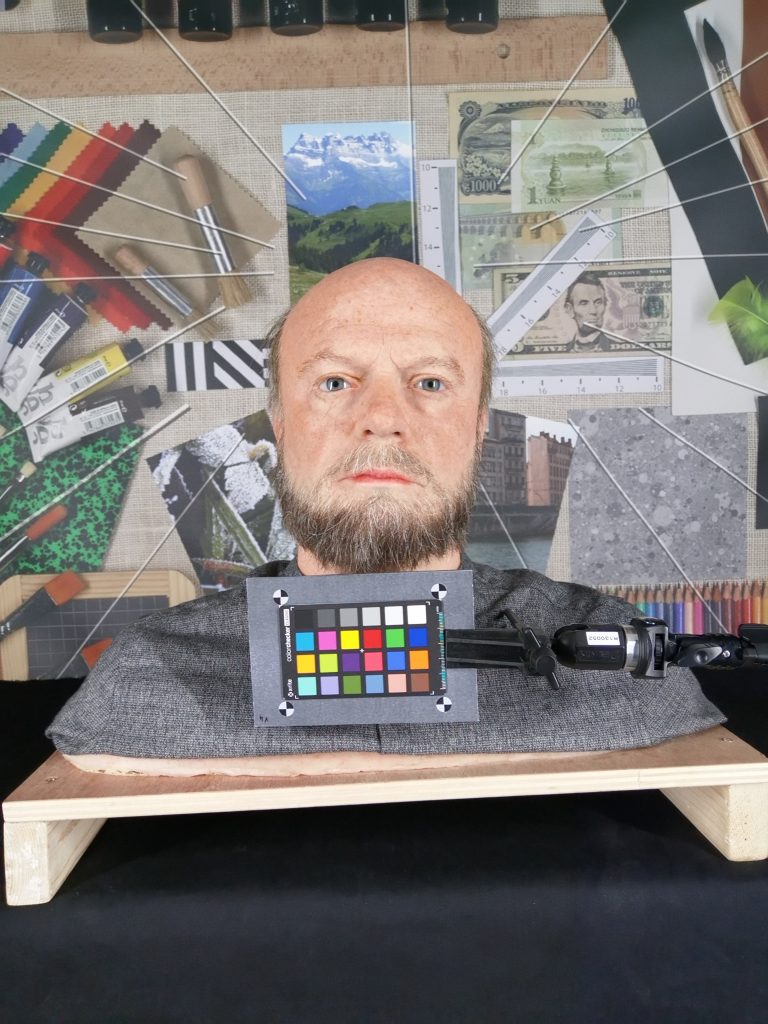
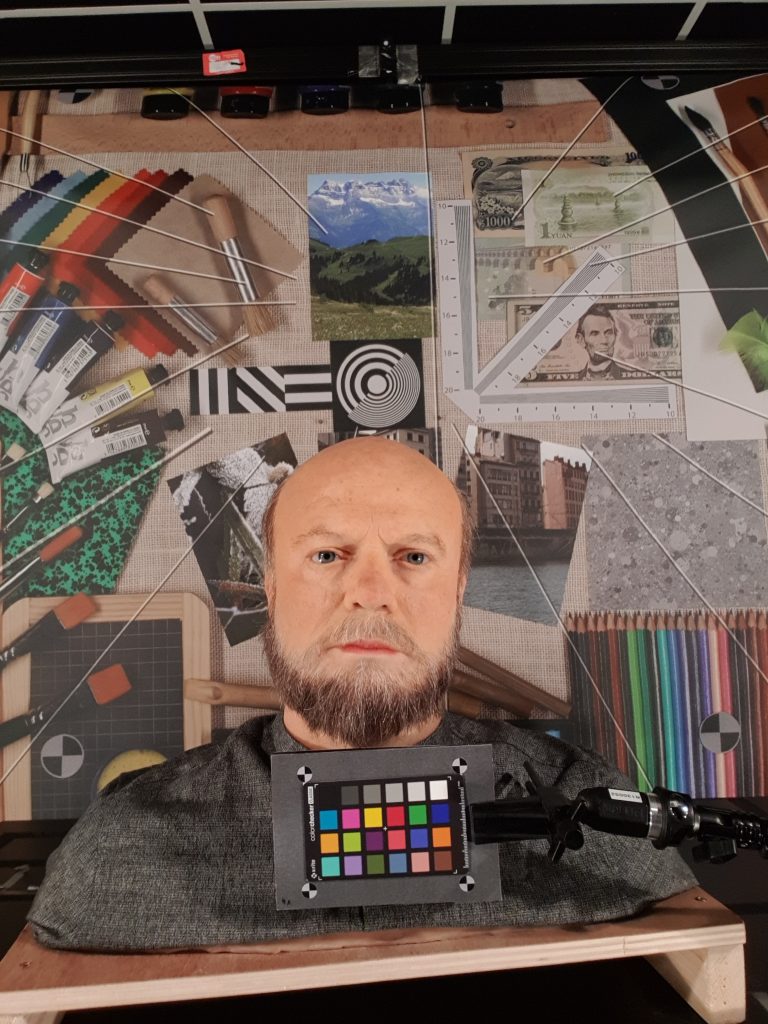


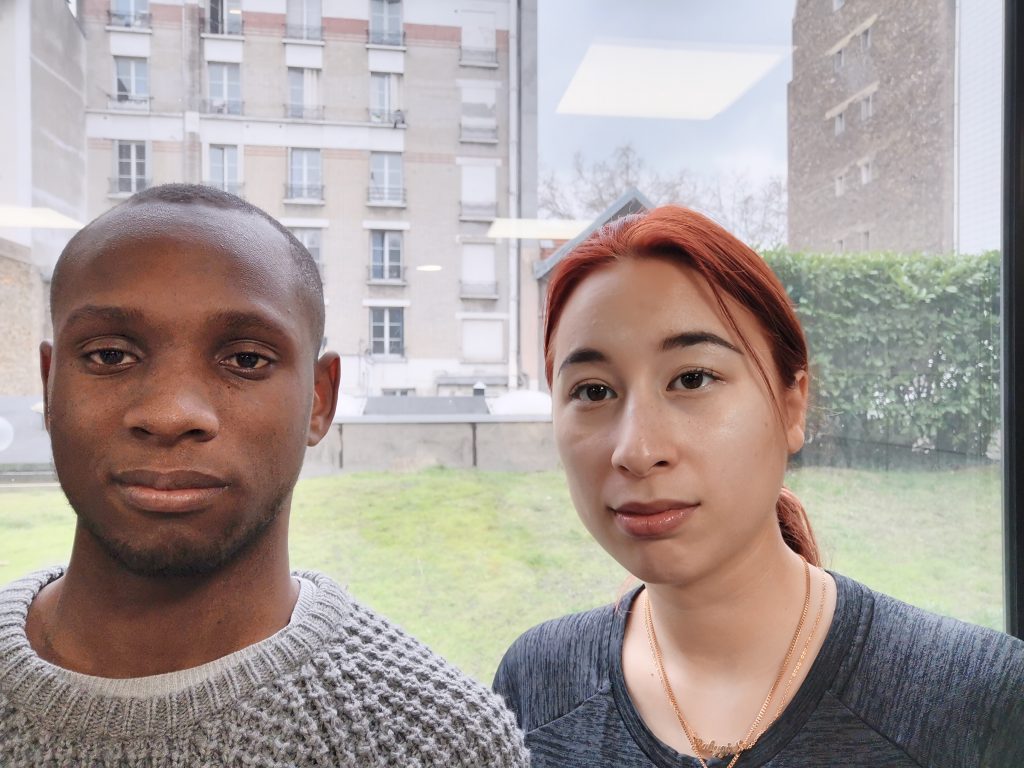
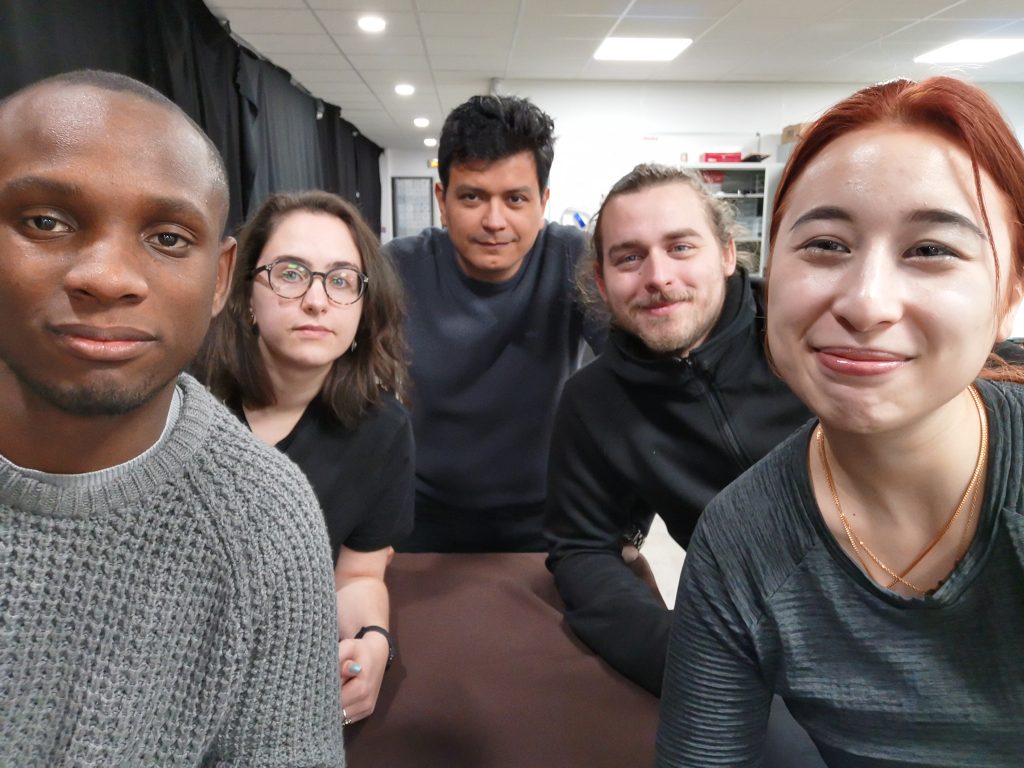

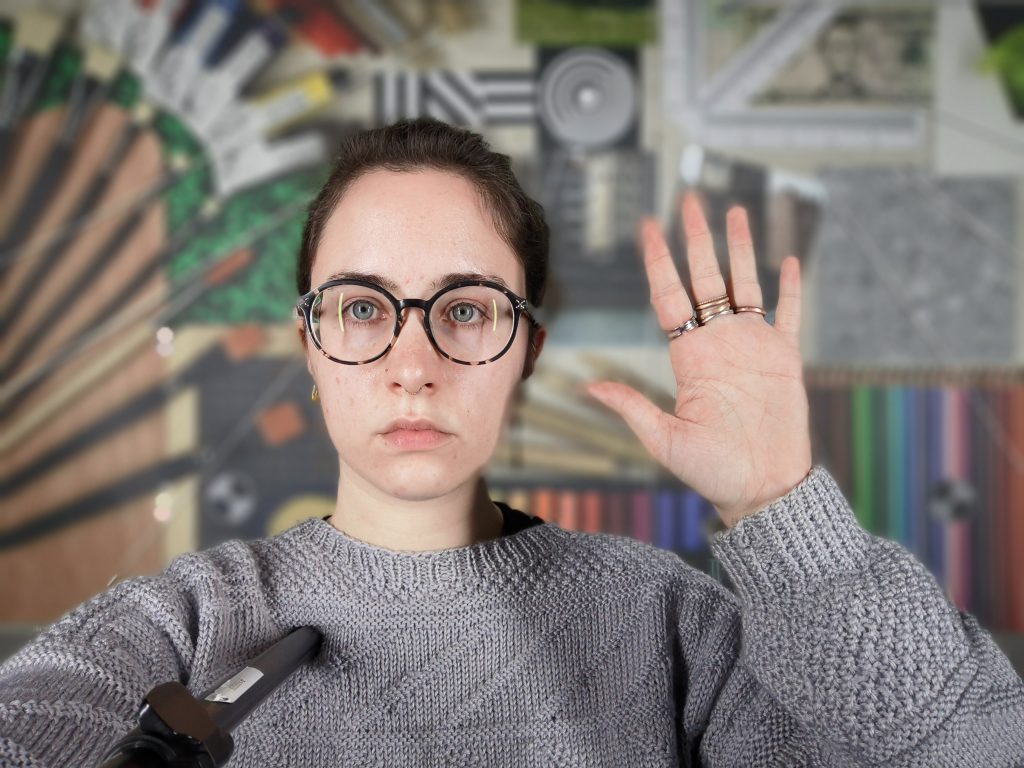




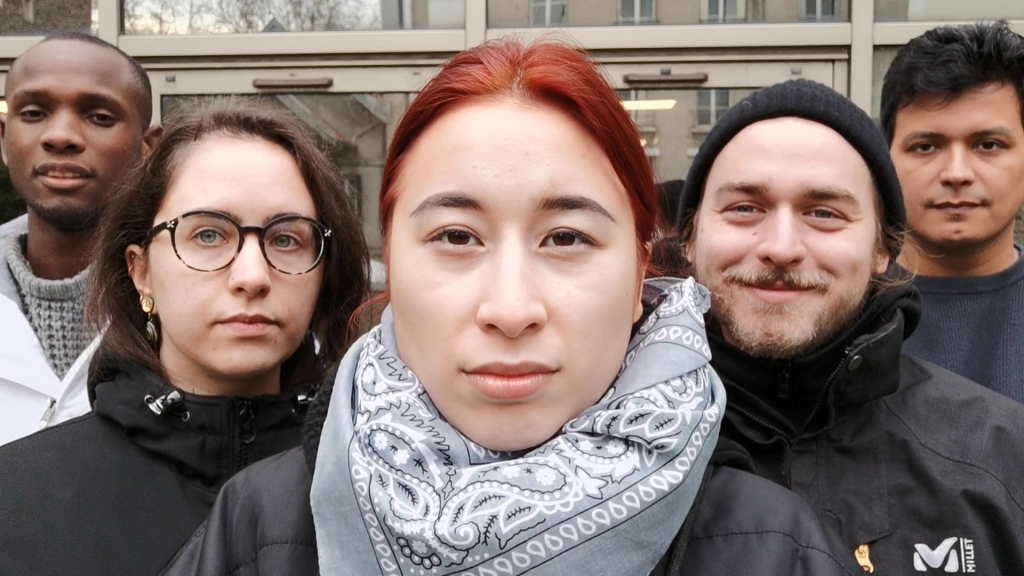
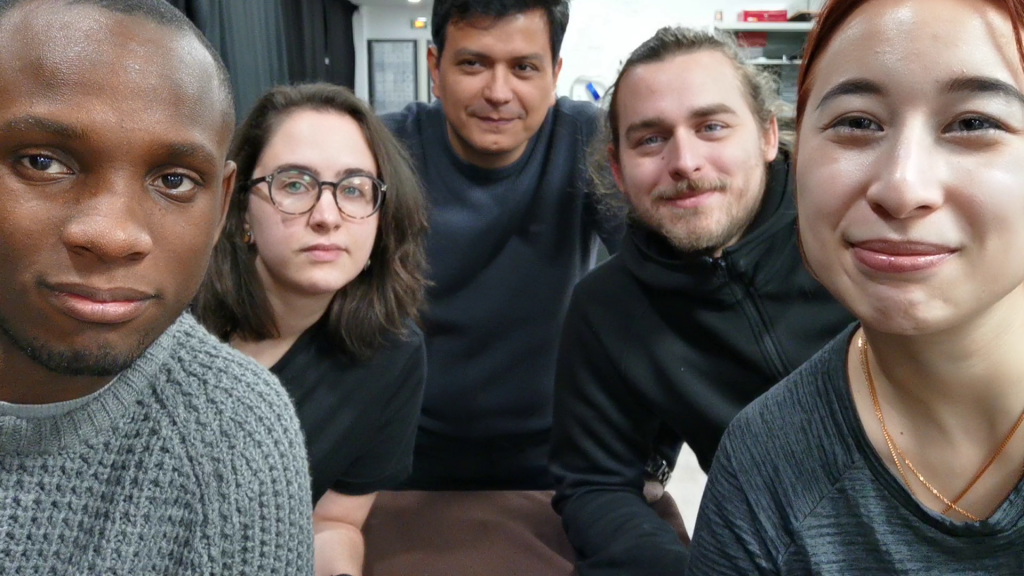

DXOMARK encourages its readers to share comments on the articles. To read or post comments, Disqus cookies are required. Change your Cookies Preferences and read more about our Comment Policy.